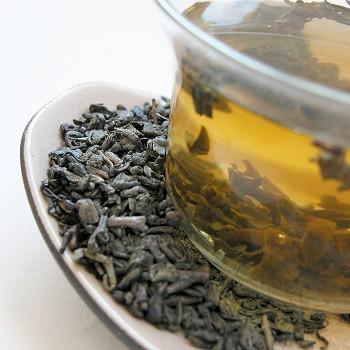Green tea have been shown to reduce inflammation
Posted by DARENN BAAT

Catechins from Green Tea (Camellia sinensis) Inhibit Bovine and Human Cartilage Proteoglycan and Type II Collagen Degradation In Vitro
Polyphenolic compounds from green tea have been shown to reduce inflammation in a murine model of inflammatory arthritis, but no studies have been undertaken to investigate whether these compounds are protective to joint tissues. We therefore investigated the effects of catechins found in green tea on cartilage extracellular matrix components using in vitro model systems. Bovine nasal and metacarpophalangeal cartilage as well as human nondiseased, osteoarthritic and rheumatoid cartilage were cultured with and without reagents known to accelerate cartilage matrix breakdown. Individual catechins were added to the cultures and the amount of released proteoglycan and type II collagen was measured by metachromatic assay and inhibition ELISA, respectively.
Possible nonspecific or toxic effects of the catechins were assessed by lactate output and proteoglycan synthesis. Catechins, particularly those containing a gallate ester, were effective at micromolar concentrations at inhibiting proteoglycan and type II collagen breakdown. No toxic effects of the catechins were evident. We conclude that some green tea catechins are chondroprotective and that consumption of green tea may be prophylactic for arthritis and may benefit the arthritis patient by reducing inflammation and slowing cartilage breakdown. Further studies will be required to determine whether these compounds access the joint space in sufficient concentration and in a form capable of providing efficacy in vivo.
Division of Genomic Medicine, University of Sheffield Medical School, Sheffield S10 2RX, UK and Coastside BioResources, Stonington, ME 04681
To whom correspondence should be addressed. E-mail: D.J.Buttle@sheffield.ac.uk.
(By Clair Adcocks, Peter Collin and David J. Buttle, Division of Genomic Medicine, University of Sheffield Medical School, UK, 2002)
Article URL: http://jn.nutrition.org/cgi/content/abstract/132/3/341
SHARE:

AUSTRALIA'S FINEST LOOSE LEAF TEAS
Explore Australia's largest selection of Premium Teas & All-Natural Organic Herbal Blends.


